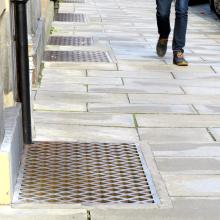
DAVID HILL VOYAGES UPRIVER
In Conrad's Heart of Darkness, Marlow suggests that we live as we dream – alone. Others' innermost thoughts and feelings will always remain out of reach.
I've long felt that our streets also possess inner lives. In contrast, however, to our own perennially concealed psyches, the essential identities of our streets can be grasped.
Some thoroughfares are honest souls, simple and straightforward. They open, almost without effort, to our senses and intellects. Other streets will, with perseverance, reveal their whole gamut of fascinations, foibles, and failings.
There is, finally, a third category. These terrains are especially unwilling to confide. These difficult customers insist you travel their River Congos before, at long last, their Mr Kurtzes deign to appear and reveal all.
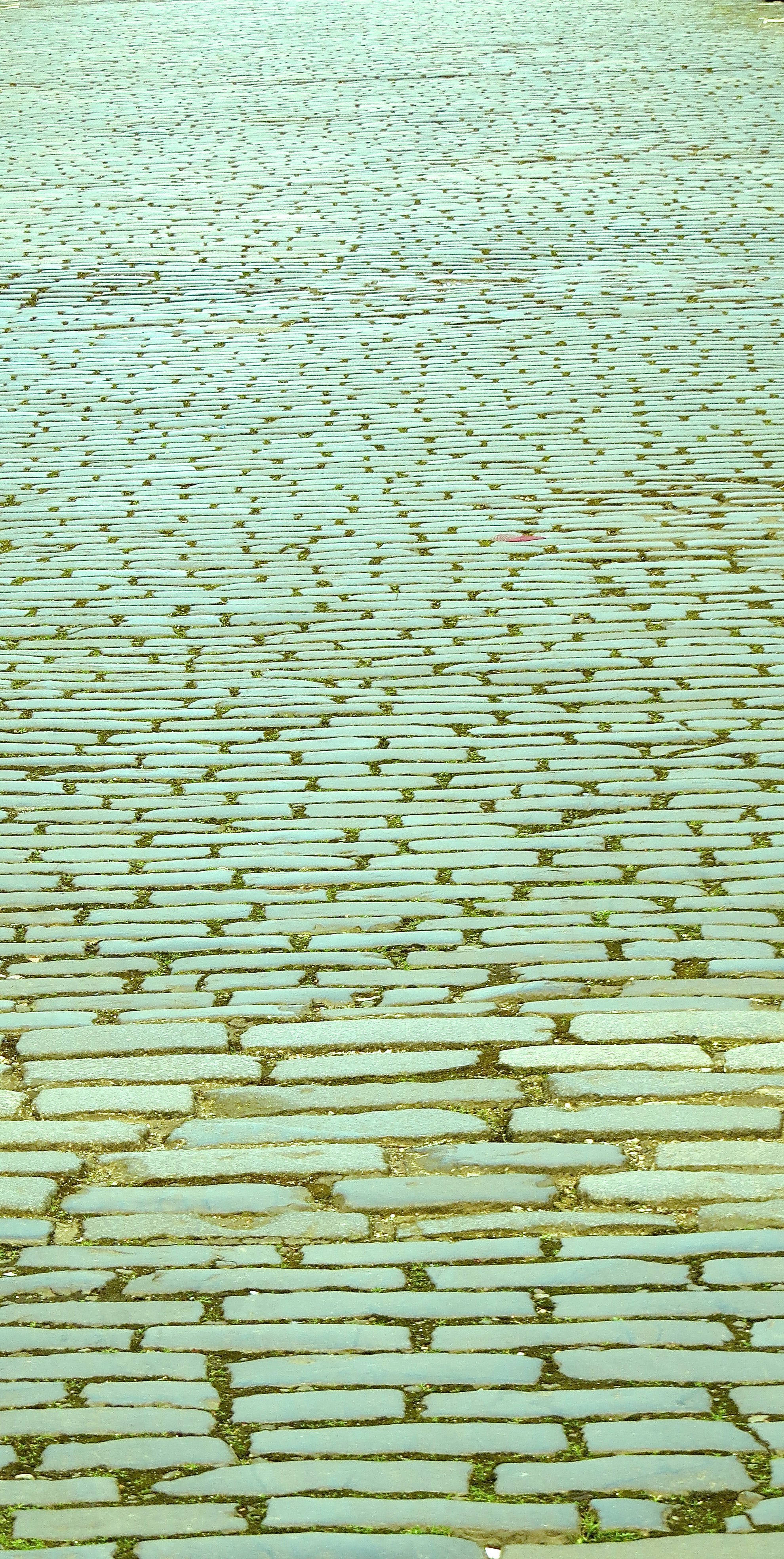
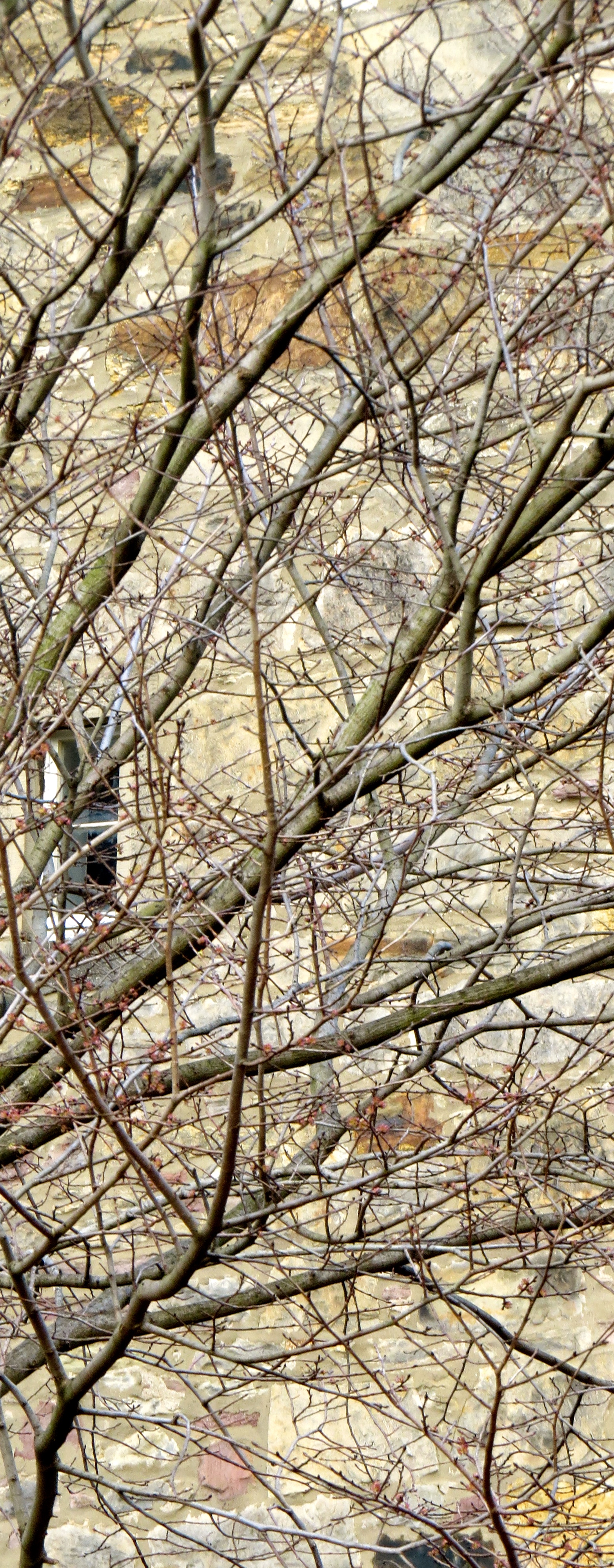
Barony Street falls into this last grouping. At first sight, though, this is far from clear. It seems pleasant and contented; a mildly rakish, yet respectable, street of the eastern New Town. You could walk up and down it many times and not think anything about it particularly unusual.
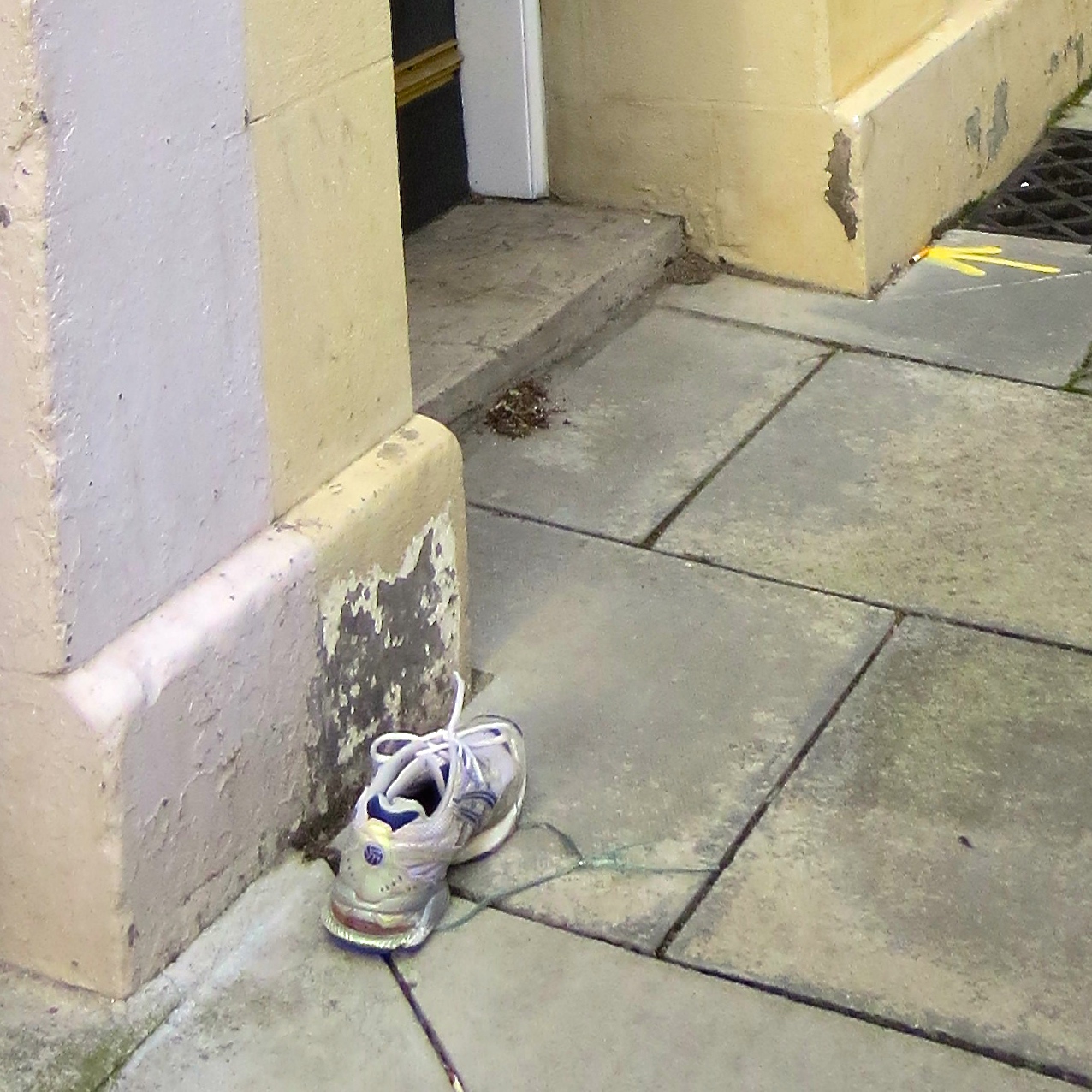
The precise nature of this insight remains elusive at this stage. Further sauntering will not yield further clues. Think of it as an Impressionist painting: the closer you peer at it, the more you try and grasp its essence, the more it shrinks out of reach.
What you now need to do is step back. Enough of the empirical! A spot of quiet reflection is called for. It's time to for us to adjourn, Descartes-style, to our studies, to favourite armchairs in front of lighted fires.
Are you sitting comfortably?
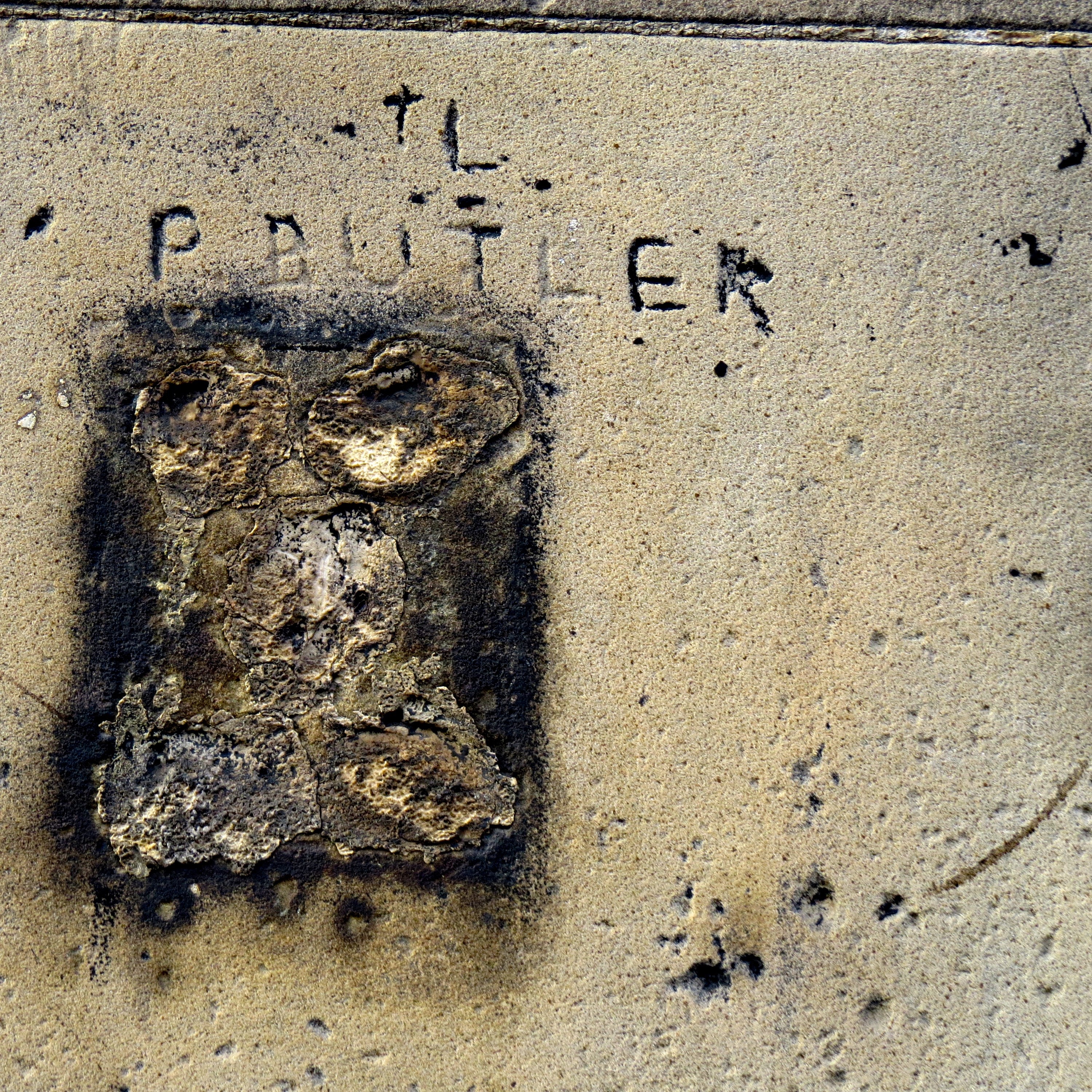
It now starts to become clear that Barony Street's relationship to neighbouring streets is the key to understanding it. For Barony Street has one eye permanently trained on surrounding Georgian hauteur, while the other looks a little surreptitiously towards those all-too-human streets that bookend it.
Indeed, we now reflect that it sometimes appears sui generis. On the one hand, it's the New Town: but not like nearby Albany Street with its little trotting dogs, or London Street with its rotting bin bags. On the other, it's mildy raffish, but lacks the out and out loucheness of big-city Broughton Street.
It cannot, it knows, hope to match the somewhat frigid, aristocratic glamour of these Georgian associates directly to its south and north. It wouldn't, I'm sure, admit to wanting to. But it can't help but notice how they look down their glamorous fanlights at a mere baron.
At the same time, it is is bookended, east and west, by two streets of a very different character. At one end, the bright lights of Broughton Street declare their (possibly less than noble) intentions. At the other, Broughton Market discreetly flutters its eyelashes. It would be surprising if Barony Street's thoughts didn't turn, once in a while, to these adjacent reminders of the New Town's Dionysian spirit.

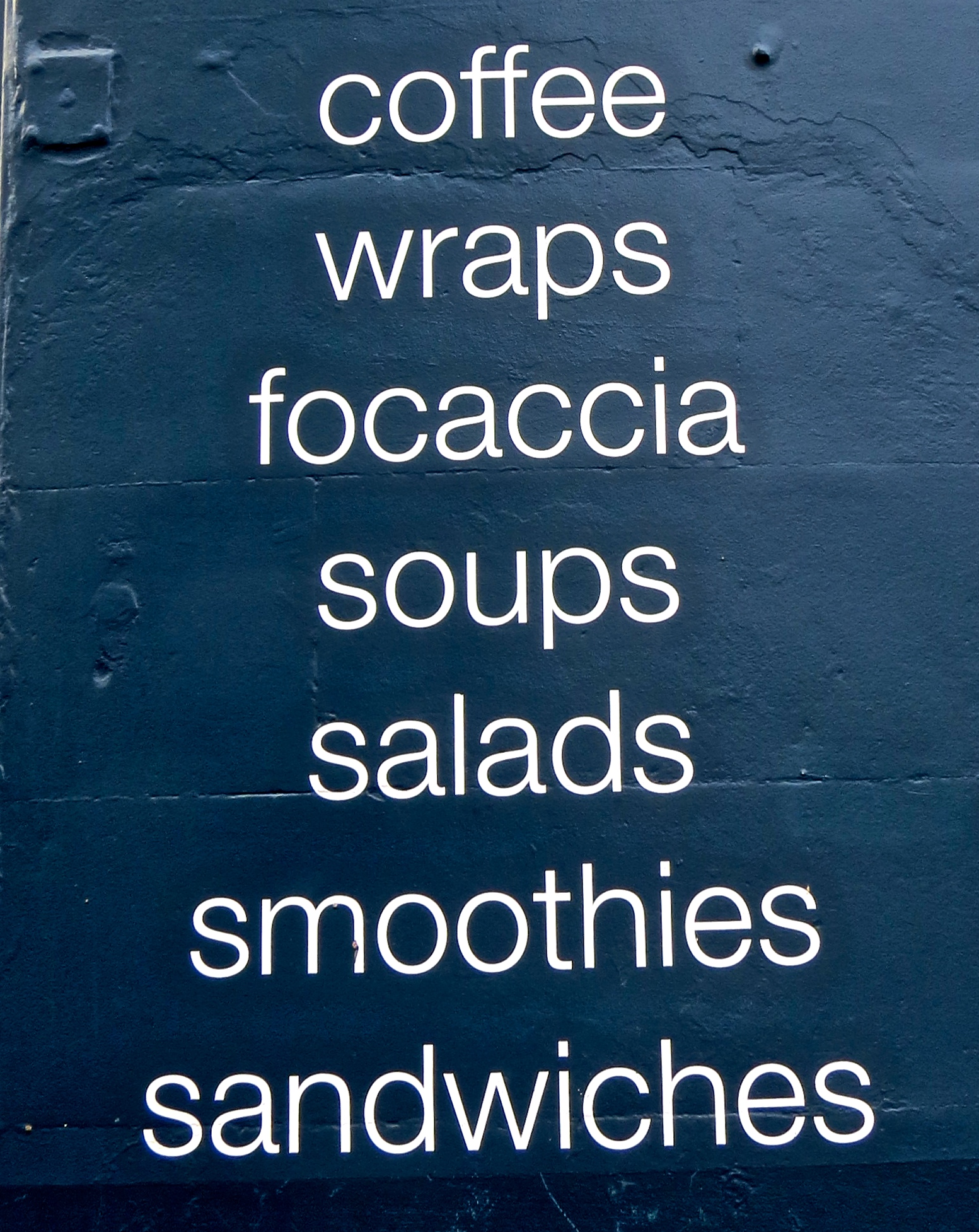
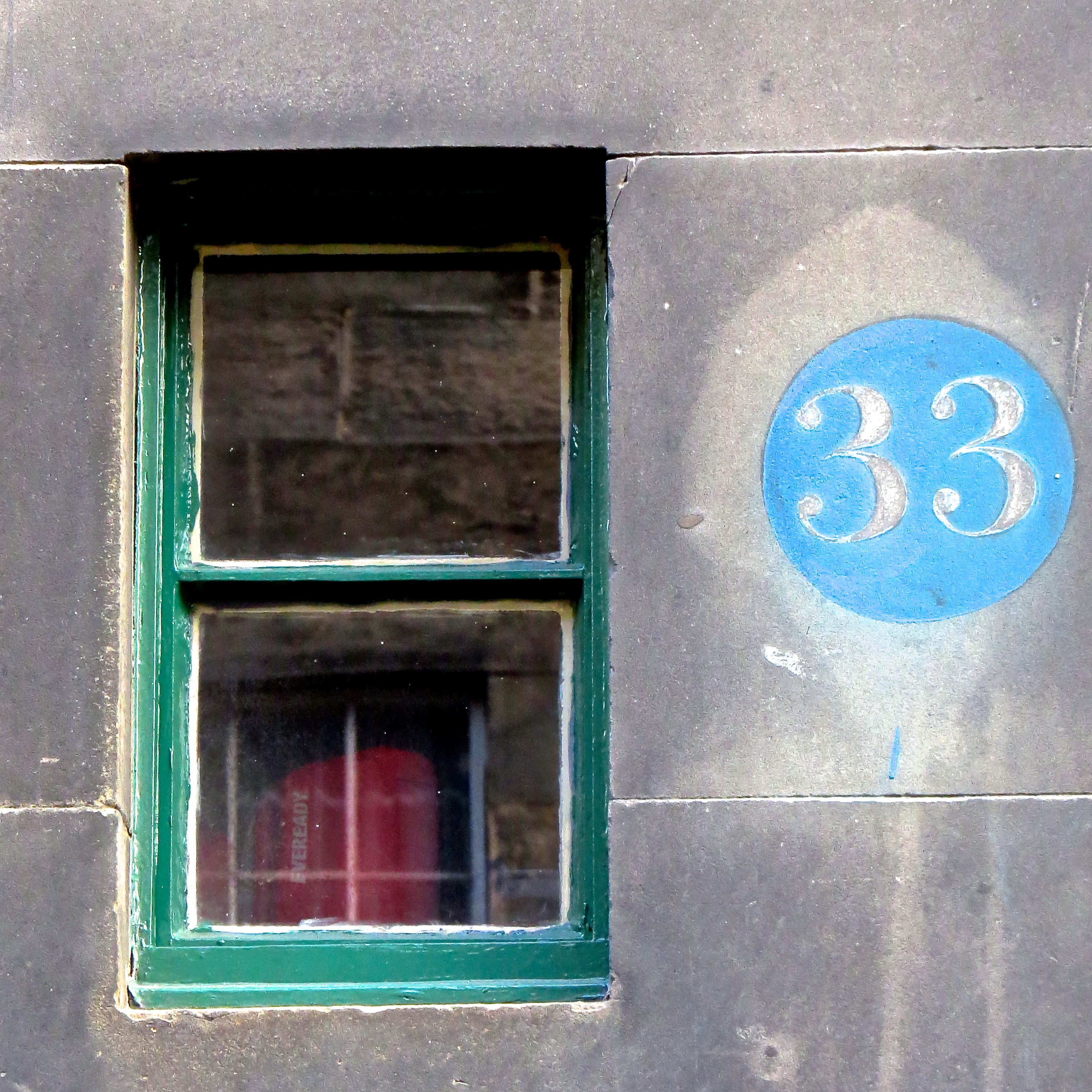
Now, like an ex-Glasite experiencing a Summer of Love, the street sometimes seems overwhelmed by possibilities, mixed emotions, divided loyalties.
On my travels, I often pass the pensive, tweed-jacketed Fat Man of Barony. He seems to have the power of liminality, the ability to both be in and of the street. I feel he alone understands Barony Street's angst.
The street is forever being dug up at the junction with Broughton Street. This is good news. Any attempt to get under its skin, to observe its inner workings, is to be encouraged.
For the time being, however, Barony Street remains an unsettled setted street.
Whereof does it dream?
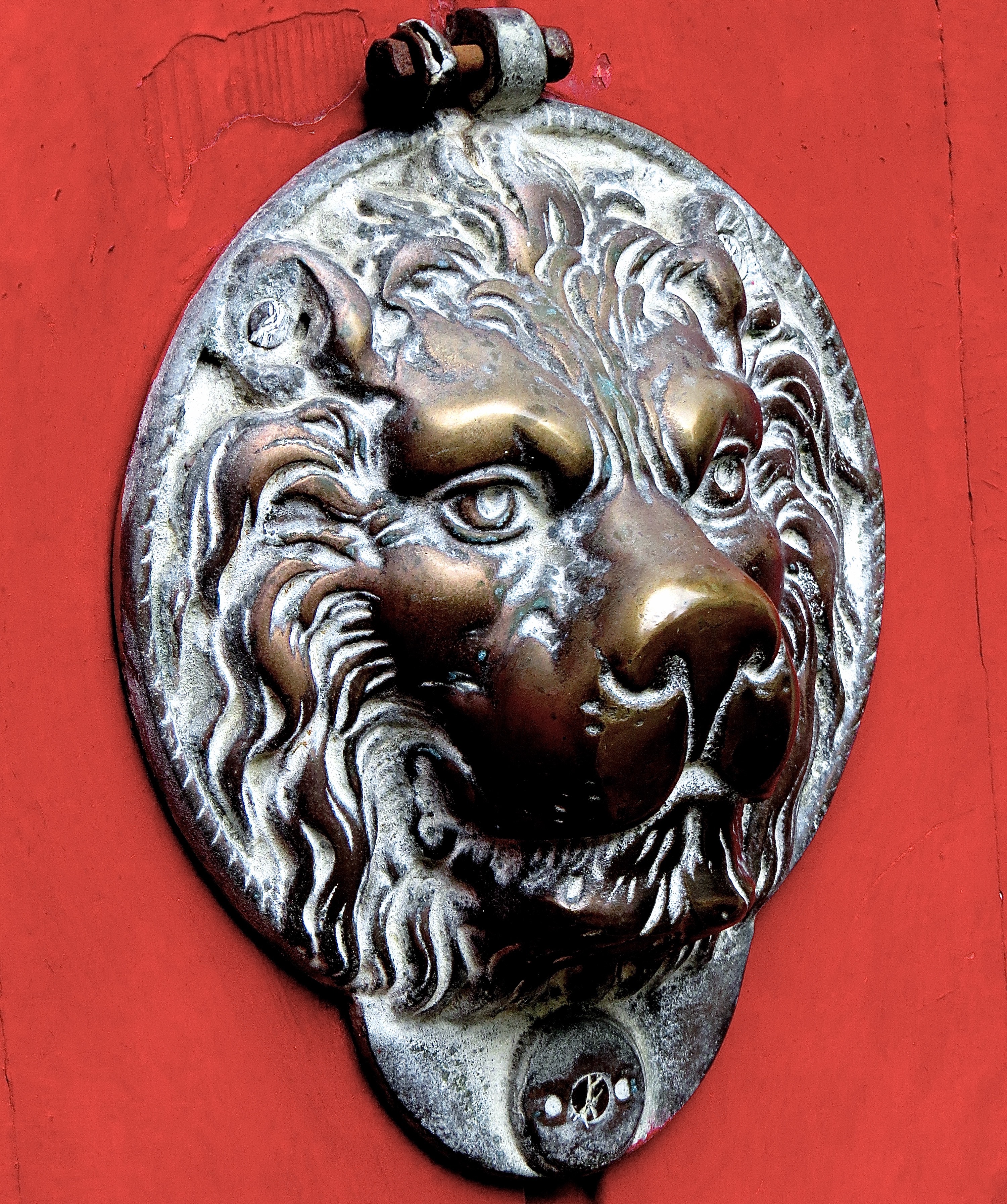
------------------------------
@theSpurtle @NewTownFlaneur The Fat Man on Barony St, what a mystical figure. Beautiful article.
@theSpurtle @NewTownFlaneur Barony Street is also a street of transience, the cobbles regularly echoing to the sound of wheeled suitcases.

